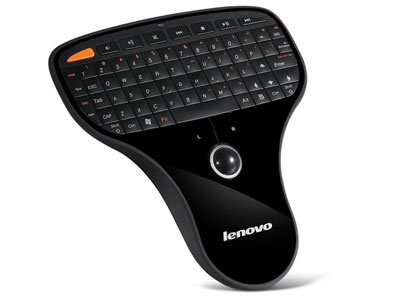Thanks Bill.
Yup I look at the ODBII data mostly. I get some engine stuff on the bus. The light computers, radio computer, integrated bluetooth, emergency 3G radio, windows, satellite radio, GPS, regular radio, phone, cd changer, audio amplifier, TV tuner all sits as devices on the bus.
The carpc just is another option / device on my HU. Current wintel/ubuntu embedded software just logs data from whatever, plays music, cams, TV (I do not watch it while the vehicle is moving), et al) and talks on the internet.
The GUI/menu is very basic. Software is called car media. You can add just about anything to the menus.
I originally beta tested it with the author as it was originally written for the device I purchased that sits on the bus and I had also purchased the first generation test bus device many years ago.

The communications has been documented and can be replicated with the car pc.
I have another piece of software than can make changes to the navigation system That said I am currently using a modded version of the OS of the OEM navigation system. Its better than stock but not as good as it can be.
Drifting again here from the OP...
Here I did install Plex on my MythTV box and it did work but trashed the Ubuntu 64bit server build that MythTV was running on with some non standard stuff. Plex did work fine for me at the time.
 Heck, I'm not writing any papers with the keyboard... just web browsing
Heck, I'm not writing any papers with the keyboard... just web browsing  and I'd take that keyboard over having to use a separate mouse any day... especially if it's from my couch.
and I'd take that keyboard over having to use a separate mouse any day... especially if it's from my couch.


